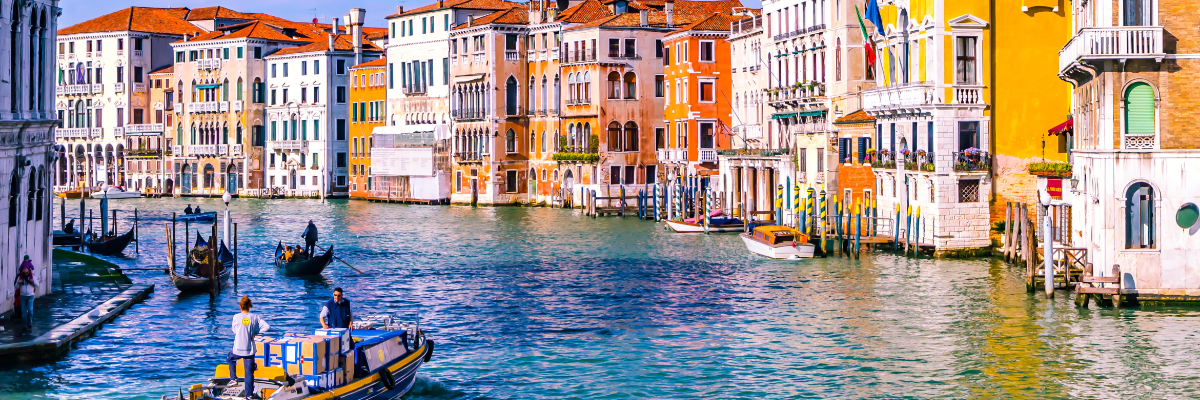- WikiMiles Analyzer
-
Frequent Flyers Programs
- Aer Lingus AerClub
- AeroMexico Club Premier
- Aeroplan
- Air New Zealand AirPoints
- Alaska Mileage Plan
- American AAdvantage
- ANA Mileage Club
- Asiana Club
- Avianca Lifemiles
- British Airways Executive Club
- Cathay Pacific Asia Miles
- Copa ConnectMiles
- Delta Skymiles
- El Al Matmid Club
- Emirates Skywards
- Etihad Guest
- Eva Air Infinity Mileagelands
- Finnair Plus
- Flying Blue
- HawaiianMiles
-
Airlines
- Aer Lingus
- Aeroflot
- Aerolineas Argentinas
- AeroMexico
- Air Astana
- Air Canada
- Air China
- Air Europa
- Air France
- Air India
- Air Malta
- Air New Zealand
- Air Tahiti Nui
- Airlink
- Alaska Airlines
- All Nippon Airways
- American Airlines
- Asiana Airlines
- Austrian Airlines
- Avianca
- Bangkok Airways
- British Airways
- Brussels Airlines
- Cathay Pacific
- China Airlines
- China Eastern
- China Southern
- Copa Airlines
- Croatia Airlines
- Czech Airlines
- Delta
- EgyptAir
- EL AL
- Emirates
- Ethiopian Airlines
- Etihad Airways
- Eva Air
- Fiji Airways
- Finnair
- Garuda Indonesia
- GOL
- Hawaiian Airlines
- Iberia
- IcelandAir
- Japan Airlines
The Italian City of Venice to Implement New Tourist Systems and Fees to Combat Overtourism and Preserve the Beauty of the Place
The Italian City of Venice to Implement New Tourist Systems and Fees to Combat Overtourism and Preserve the Beauty of the Place
Imagine this: From a control room inside the police headquarters in the Italian city of Venice, Big Brother is watching you…
Late August this year, Venice announced plans to implement a new tourist fee and reservation system to manage the volume of people planning to visit the city next summer.
According to the new policy, tourists will have to book a ticket in advance for a fee and enter the city through electronic turnstiles. Meanwhile, the entrance fee to the city will change according to the season.
For example: If you plan to visit Venice during high season and popular visiting times, expect to pay a fee of EUR 10 (USD 12). On the other hand, if you wish to go to the tourist destination during less popular visiting times, the fee will drop for as low as EUR 3 (USD 3.50).
The only ones exempted from this policy are those staying in local hotels, provided that they’ve already paid the nightly tax imposed by Venice on tourists. Students, residents and their relatives, and children under 6 years old are also exempted.
But that’s not all that the city has up its sleeves to combat overtourism.
Just early this month, Venice once again made headlines as it announced deployment of hundreds of CCTV cameras and a mobile phone tracking system to keep tabs on those who are entering the beloved city.
By setting up 468 CCTV cameras, optical sensors, and a mobile phone tracking system, Venice City Police will be able to distinguish residents from visitors, Italians from foreigners, where people are coming from, where they are heading, and how fast they’re moving.
Once this system is put in place, authorities will receive a snapshot of the status of the whole city―the crowds, gondolas sliding through the Canal Grande, overspeeding boats, and even dangerous water levels.
The goal of these new policies is to track “every person who sets foot in the Lagoon City.” According to Venice City Mayor Luigi Brugnaro, although he’s expecting pushbacks and a few objections on the new measures to control tourism, his aim is to make tourism more sustainable in a city visited by 25 million a year (pre-pandemic times).
“I expect protests, lawsuits, everything… but I have a duty to make this city liveable for those who inhabit it and also for those who want to visit.”
And just like what Mayor Brugnaro expected, potential visitors to Venice are skeptical about the new systems.
According to Marc Shieber, a German national in Venice,
“It brings the wrong tone in me when I hear that I have to pay entrance just to see the buildings on the streets of the city because who decides who can go in?”
Meanwhile, another anonymous commenter said,
“I think it is probably a new way to generate money.”
Despite these negative comments about the new policies, Brugnaro’s message is clear: By controlling the number of tourists that come to Venice, he also wants travelers to behave.
Venice has yet to make a decision on how many tourists will be allowed to go in per day and when exactly the measures will take effect (they are expected to be implemented between next summer and 2023). However, the city has already begun taking steps to limit tourism by banning large cruise ships from entering Venice’s famous canals.
At its busiest pre-pandemic times, Venice draws over 80,000 tourists per day and an estimated 25 million tourists per year. The policies were already discussed in legislation back in 2019, but were delayed due in part to the COVID-19 pandemic.
When the pandemic hit and thousands of tourists left the city, Venetians saw a big difference. They marveled at the city’s narrow alleys without throngs of tourists and most importantly, the lagoon waters were once again made pristine by the absence of motorboats.
Now that tourism and the travel industry are opening up once again and as visitors return to flock St. Mark’s Square, officials say Venice cannot afford to let the number of tourists go unchecked and back to where it was before.
And as part of the city’s efforts to manage and combat overtourism, Mayor Brugnaro made clear that visitors are expected to adhere to certain rules and guidelines.
“There’ll be conditions attached to obtain priority bookings and discounts. You can’t come in your swimming suit. You can’t jump from a bridge or get drunk. Whoever comes must respect the city.”
Because of these proactive efforts to save and preserve the beauty of Venice, The UNESCO World Heritage Committee announced that the city would not be included on a list of endangered world heritage sites.
Venice is not the first city to use CCTV technology extensively. However, it is the first to use this technology to monitor and manage tourists at such a micro-level.
Given the amount of data the city could collect, it will likely be possible to figure out what the visitors are doing with a much higher degree of precision and to zero in on high spenders that the city would like to attract while curbing the less profitable mass tourism.
Other cities like Dubrovnik and Barcelona will be watching and are likely to follow in Venice’s footsteps if Venice is successful.
Choose where you are going from and to by selecting the respective zones. There are two ways to choose your origin and destination - you can either select the zones they fall into on the map or by clicking on the bars above the map and entering the city name or airport code into the search fields.
- Choose one of the three point combination options which is applicable to you. If you don't have any miles in any airline accounts you can leave those fields blank.
- Input all of the different points you have on the credit cards you are planning to use. You can enter as many as you like. If you have multiple cards on one name from the same bank you can combine and enter the total amount of points between all of your cards.
- Enter all the miles you have in airlines frequent flyer programs on the left hand side following the airlines name.
- Once you input the information, click on the analyze button at the bottom of the page.
- The analyzer will offer you the optimal transfer combinations to explore as well as pros and cons of each.
- Review analyzer recommendations. Total number of miles is not the only consideration you should take into account. Analyzer will give you additional information about each program to make the right decision. You can also download results to a pdf and even send them to others if you like.
- Proceed to check availability with respective airlines. Do not transfer any miles until you confirm the desired option is available on the airline’s website. Note the transfer time and hold the reservation if possible before transferring any miles.
- Remember all transfers are final as you would not be able to send the points back to your credit card. If your trip is cancelled your miles will go back to the respective airline account.
- Transferring points to airline's frequent flyer programs is not the only way to obtain the award ticket. You can also redeem the points through your credit card directly by using the Book Travel option. You can find out more by checking out our Credit card reward tab on Wikimiles home page.
- WikiMiles Crew is always here to answer any questions. For an additional fee we can also assist you with the bookings. Use the Contact us section to reach out to us.
Please enter your email to download this chart!
Note! Your email might be added to future newsletter!
Thank you!



